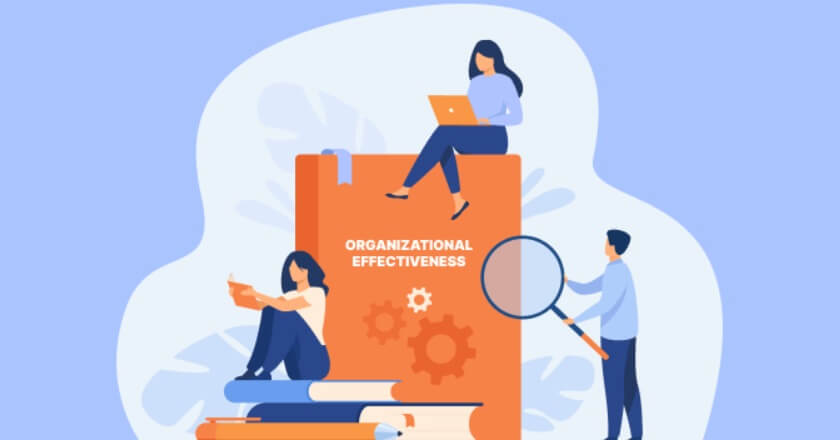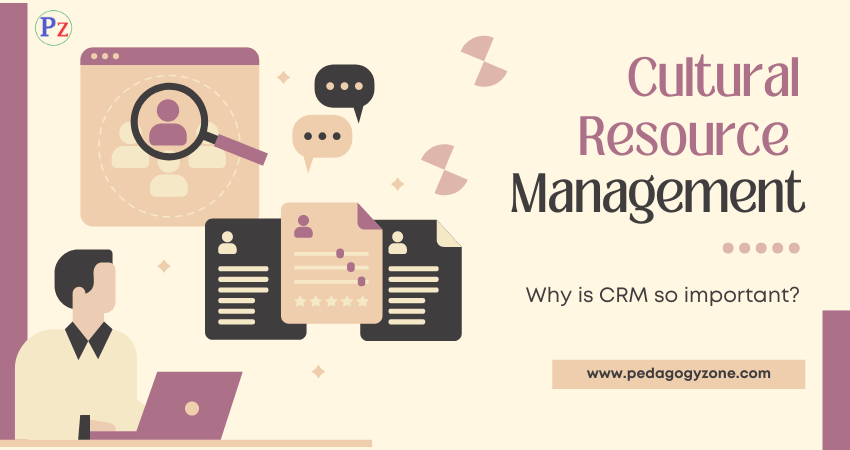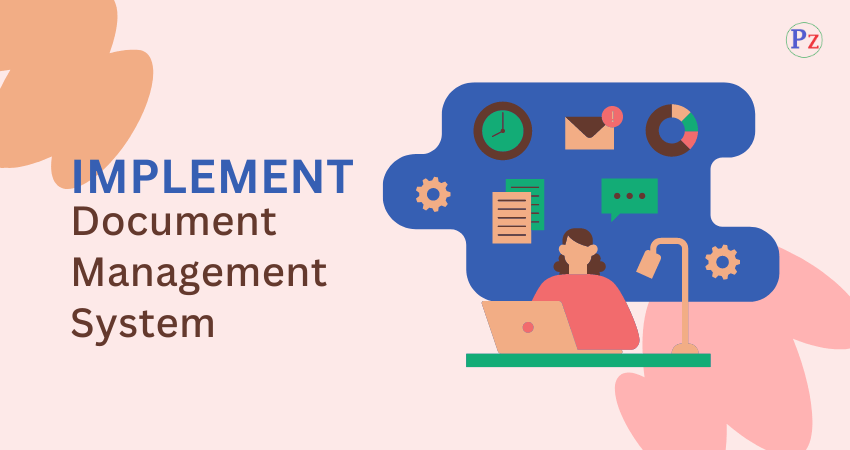Introduction of organization effectiveness
OE is defined as the degree to which an organization attain its short and long term goals, the selection of which reflects strategies constituencies, the self-interest of the evaluator, and the life stage of the organization
Organization effectiveness meaning & definition
Organizational Effectiveness is the extent to which an organization achieves its goals with the given resources and means. An Organization is said to be effective if it is able to achieve its goals. The goals must be achieved within the constraints of limited resources as none of the resources provided by an organization environment are really unlimited
Levels of organizational effectiveness
- Individual Effectiveness depends upon
- Group Effectiveness depends upon
- Organizational Effectiveness depends upon
Approaches to organizational effectiveness/Achieving OE (Four approaches to OE)
Owners- Return on investment, growth in earnings,
Employees-compensation, fringe benefits, satisfaction with working conditions
Customers- satisfaction with, quality, service
Suppliers- satisfaction with payments
Creditors- ability to pay indebtedness
Unions- competitive wages and benefits, satisfactory working conditions; willingness to bargain fairly.
Local community- involvement of organization members in local official affairs, lack of damage to the communities’ environment.
Government- compliance with laws, avoidance of penalties agencies and warning
- Basic- return on investment, market share of your product, new product development
- According to Robbins- three dimensions of OE value approach
-
-
Flexibility versus Control- flexibility and control are two incompatible dimensions of organizational structure
-
People versus Organization- whether people in organization should be valued more or organization itself. This is because people organization dichotomy is another set of essentially incompatible dimensions
-
Means versus Ends- means stress internal forces and the long term, whereas ends value final outcomes and the short term
-
Indicators of organization effectiveness
Factors influencing organizational effectiveness
- Causal factors- example, organizational culture, managerial policies, leadership styles and skills
- Intervening factors- example, attitudes, behavioral, motivations, performance goals, communication help in building and developing the organization
- End-result factors- example, production, sales, earnings, growth, and market share
| Read More Topics |
| Frame works organizational behaviour |
| Needs and importance of organizational behavior |
| Definition and meaning for impression management |





